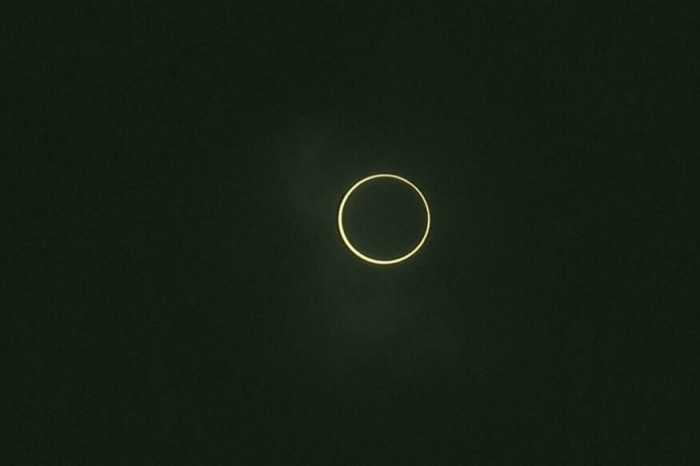
An annular eclipse can occur when the Sun is apparently larger than the Moon in size. This happens when the moon is farthest from the earth.
The celestial event occurs when the Moon passes between Earth and the Sun, thereby totally or partly obscuring the image of the Sun for a viewer on Earth.
On 21st of June, the annular eclipse will first start for the people of Congo in Africa and progress through South Sudan, Ethiopia, Yemen, Oman, Saudi Arabia, the Arabian Sea and Pakistan, before entering India over Rajasthan.
The eclipse then moves on to Tibet, China, Taiwan, and eventually end in the middle of the Pacific Ocean.
In India, the path of the annular solar eclipse will start near Gharsana in Rajasthan around 10:12 am and the phase of annularity will begin around 11:49 am and end at 11:50 am.
The Sun’s corona, a white halo around the solar disc as a necklace of shiny beads, will be visible during this eclipse. As the next eclipse is visible from the country only after 11 years in 2031, this is a big astronomical event for India.
Simultaneously, Kodaikanal Solar observatory is also tracking the celestial event.
